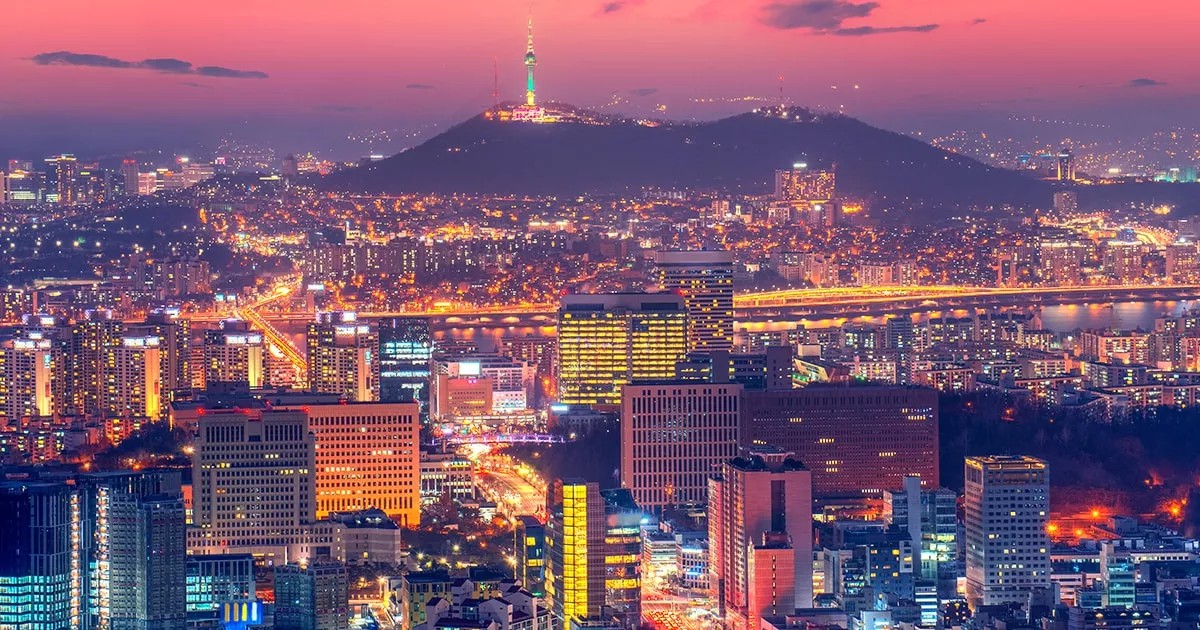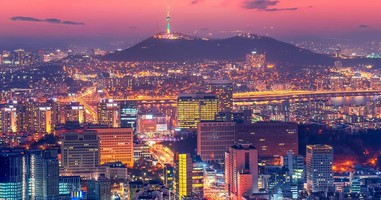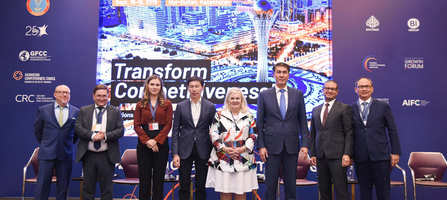
Reports
South Korea
October 17, 2019

The history of industrialization in South Korea has impressive results. If Japan was already in the process of industrialization by the beginning of the Second World War, then the South Korean experience is a pure successful experiment in transferring the third world agrarian country to the number of developed countries due to the development of manufacturing industry. The experience of South Korea has attracted constant attention in Kazakhstan as one example for orientation. To understand the applicability of the Korean path, it is necessary to understand the history and economic context of Korean industrialization.
After the end of the Second Korean War of 1950-1953, South Korea was one of the poorest countries in the world. In 1953-1961, the country was recovering, relying on US assistance and pursuing a policy of focused import substitution and serious investment in education. However, this economic policy did not provide the necessary rates of economic growth due to the slow development of industry. The small size of the domestic market, the revalued currency and the lack of investment did not allow to accelerate growth. In 1961, Park Jung Hee came to power. In 1962, the first five-year plan was announced and an outstanding transformation of the South Korean economy began. Economic and industrial policy has been transformed in the interests of export. The philosophy of President Park Jung-hee was based on the conviction “export is above all. Build a nation through export development. ” An industrialization strategy based on foreign markets through export promotion has led to a sharp rise in economic growth. The industrialization of South Korea can be divided into several stages and the changes in industrial policy can be traced.
1962-1971. Formation of a strategy for economic development and the transition to growth.
By the time Park Jung-hee came to power, the Korean economy remained in a difficult position. The living standards of most Koreans were below the poverty line. The per capita income barely reached $ 82 at current prices. South Korea lagged behind North in terms of per capita income and industrial production. Rapid economic development was necessary for the survival of the country. It was necessary to find an acceptable strategy for growth.
The key factors determining the possible options for strategies were as follows. First, Korea has almost completed import substitution in everyday consumer goods and semi-finished products used for their production. The growth strategy with a focus on import substitution in mechanical engineering, durable goods and semi-finished products and components for them did not have rational bases due to the small size of the domestic market and the need for high capital investments. Second, Korea did not have significant reserves of natural resources, and the use of a raw material growth strategy was not applicable. Third, US aid, which funded the restoration of Korea, peaked in 1957 and began to decline in the early 1960s. The government was forced to seek a replacement in expanding domestic savings and alternative sources of foreign exchange to maintain the balance of payments. Fourth, the presence of a large, cohesive and highly motivated workforce with a high level of education and relatively low wages provided Korea with an initial competitive advantage in the production and export of labor-intensive light industry goods, where the requirements for capital investment and technology were minimal. This was ideal for the country, given the shortage of capital. Fifth, there were strong military leaders who were ready to make decisions to achieve high growth.
Based on these conditions, the government in 1962-1963 switched to an externally oriented development strategy. Industrialization was to be realized through the development of light industry and the construction of infrastructure. To finance it, it was necessary to expand domestic savings and attract foreign capital. A policy was also implemented to ease import restrictions in the light and food industries to reduce the possibility of higher incomes in the domestic market. This policy encouraged businesses to concentrate on exports, while at the same time encouraging them to improve management and increase competitiveness.
share
article
all publications











